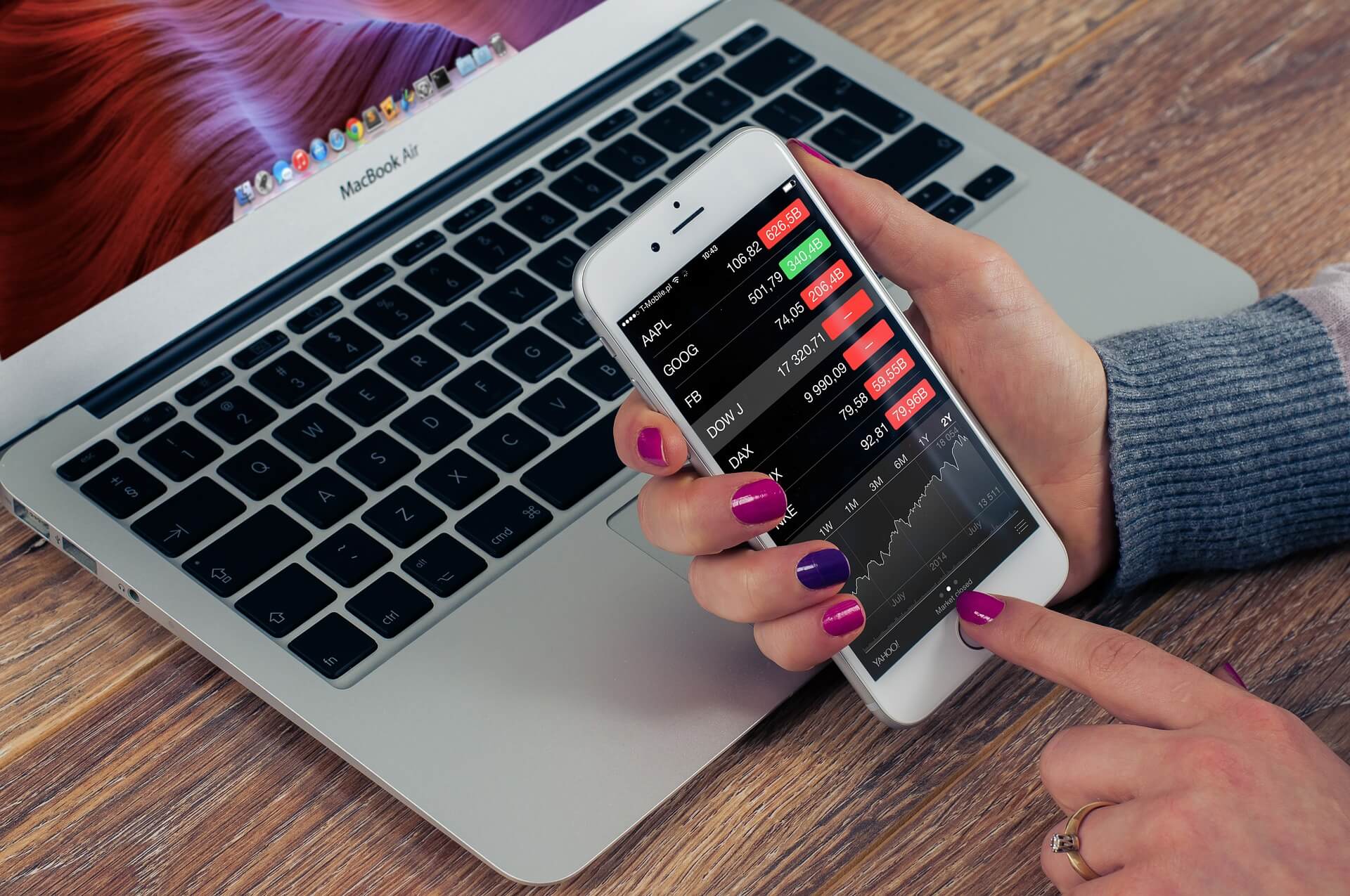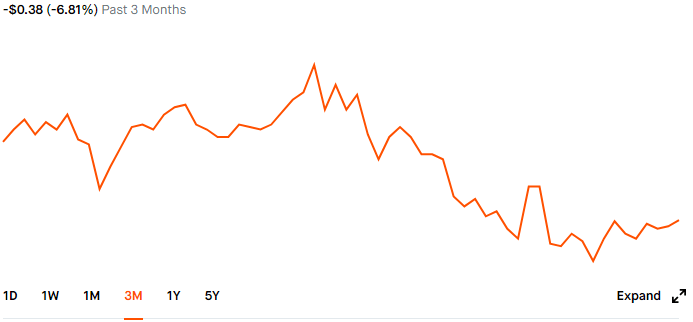What are Options? Complexity to Investing
What is Option trading? How do they work? Why would you trade Options? These are all questions that investors ask when they start diving into more advanced investing. Well, I hope the following will give you a basic understanding of option trading and why some people trade options instead of individual stocks.
Option Trading Basics
To start, options are contracts of 100 shares of a company. So, when you buy or sell an option, the price needs to be multiplied by 100 to get the actual price. There are two different option types, a Call Option and a Put Option. A Call Option is a contract that says “the buyer has the option to purchase 100 shares of this company from the seller for the listed cost (strike price) by a set date.” Put options go the other way with “the buyer has the option to sell 100 shares of this company to the seller for the listed cost by a set date.”
Let’s do a quick example. Say there is a stock with a market price of $10. You purchase a call option with a strike price of $12 that expires in 2 months. This means, if the stock goes above $12 by the two months, you can still buy the shares at $12. So, if the market price was $15 at the end of the two months, you can now purchase the 100 shares for $12 and instantly have $3 in unrealized gains. If you immediately sell, you net $300.
Option Trading Put Options
Let’s flip it for the Put Option. If you purchased a Put Option for $8 and the stock went down to $6, you now have the option to sell 100 shares to the seller at the $8 price. Of course, you need to first purchase the 100 shares at $6, but you will net $200 in the end.
There are three things to note. First of all, there is a premium you pay the seller when you purchase an option contract. And we will get to that in a second. Second, you do not have to hold the contract to expiration. Based on the volatility, the value of contract may increase and you can sell it. Lastly, the contract can expire worthless. If you had a Call Option on the example and the stock ended below $10 at the end of the two months, the option is worthless because you’d rather buy the 100 shares at the lower price than the option price.
Options Theory
Ok this section is where it may get a little complicated. Options pricing has a lot that goes into it. But, we can at least break down the price into two sections, intrinsic and extrinsic values. Combined, these values total the premium of the option. Or, how much you will have to pay to purchase the contract.
Intrinsic Value
This is the easy one to calculate. It is the difference between the strike price and the market price of the underlying stock. If the stock market price is $10 and the call option had a strike price of $8, then the intrinsic value is $2. If the strike price was $12 and the market price was $10, then the intrinsic value is $0. The intrinsic value doesn’t go negative.
Extrinsic Value
This is where the pricing gets complicated. In the simplest terms, the extrinsic value is comprised of volatility and a time value. If you wanted to get super nerdy about it, you can look up the Black-Scholes Model to look at the math on how options are priced. But, I will try to break it down in simpler terms. Consider the volatility as the probable movement of the price over time. The greater the volatility, the steeper the lines, up and down. The potential price change is factored into the extrinsic value. For example, a stock at $10 that is highly volatile may have the potential to go up to $15 by the 3 month contract. That $5 difference is incorporated into the option premium based on the strike. If the strike is within the range, it will increase the cost.

As you can imagine, the longer the time period, the larger the volatility range. As the expiration gets closer, and the volatility stays constant, that range decreases. This means the potential movement is decreased, and therefore the premium decreases. For this reason, if you buy options, time is not on your side. The time value decreases quicker as the expiration approaches.
To continue the last example, say the stock stayed at $10 over the next two months. The volatility may stay the same, but since the time is now only 1 month vs. 3 months, the potential price is now at $11.67. If your strike now falls outside that range (like a $12 call) the price will decrease significantly because the likelihood of execution drastically decreases.
Option Trading Strategies
Now, I went over the basics of option trading, what is a Call and Put, and how they work. A key thing is that you do not have to hold options contracts to expiration. If the value of the contract goes up, you can sell your Call and take the profit. This strategy is good if you see situations like an overreaction where the market caused a sharp drop or increase that will likely reverse and level out.
Other more advance strategies include verticals, Iron Condors, Straddles, Iron Flies, and a ton more that more experienced traders use. I will get into those on later posts.
Conclusion
Options trading can be great for investors that know more advanced strategies with individual stock trading. There runs a huge risk with options because the stock price fluctuation may cause larger percent changes in the options contracts compared to the stock price. For example, a $100 stock going down to $95. The contract may have been for $10 and now the price goes down to $8. You may have lost $2 instead of $5, but you lost 20% vs 5%. Things to think about.
Disclaimer
Once again, I am not a financial advisor. These tips are some things I have validated with my own personal experiences. If you feel you need more personal advice, please consult a professional financial advisor. Dont forget to check out the Book List for published authors on this topic!




